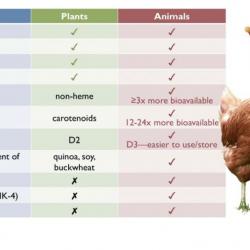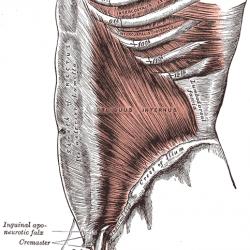Australian Aged Care Sector: What Challenges to Expect?
Every aged care sector in Australia could face various challenges. It is due to many factors that have been an issue for several decades.
As the population grows so as the number of aged people in need of personal care. A total of 350,000 people are currently employed in Australia to provide care for over a million aging population. For this reason, the working patterns before may not be effective in the future. There will be insufficient staff to meet the needs of the elders, or not enough room for accommodation. Therefore, in adapting to these challenges, embracing changes could be the solution.
List of Challenges Experienced by the Australian Aged Care Industry
The aged care industry must think of how to escalate their operation while facing possible challenges in the future. This is to manage a better number of the aged population while meeting their needs. Here are some of the factors they should be aware of:
Government Policies
According to Rebecca de Boer of the Social Policy Section, the most measured part of the community is the aged care sector. It has been protecting older residents in Australia, which could result in a financial burden for the government. Within the plan is the setting of subsidies, aged care places, and managing probable expenses in providing needs.
However, many advocacy groups want to change such an approach. Instead of controlling the overall aspects of aged care, the Commonwealth will just be limited to the assessment tasks. That includes ensuring safety for aged care places and consumer’s financial protection.
Aged care providers possibly will be challenged on the workload. This sector takes an all-in regulation to ensure delivering the desired level of care.
To solve overburdened work, investing in technical solutions is a good option. Using advanced tools bring quicker results than traditional working methods. It might demand a higher cost however adds to productiveness.
Baby Boomers
One more thing that pressures the aged care sectors is the coming of baby boomers. They are aged people born after the end of WWII. It is estimated that by 2050, 1.8 million baby boomers will be sent to aged care homes. The problem here is not the number of possible patients, but on how to meet their needs and demands.
Baby boomers are known a little picky for the care they are willing to take. They are also more organized and do not settle for a substandard level of care. They also depend on technologies in seeking better services. Thus, aged care sectors are a bit challenged to improve their care services while not compromising the budget.
Investing in technologies is then again a great solution best suits baby boomers’ demands. To mention some here are CRM solutions, video calling, and social media platforms, all to give convenience for the aged person. This might even increase the number of potential customers for the industry.
Staffing
Rebecca de Boer also claims staffing as a challenge for a growing aged population. Plenty of workforce matters in order to meet the basic care needs of the clients. Service providers should prioritize planning for hiring more skilled care providers while retaining the existing workers.
Australian aged care sectors allow family members in the provision of aged care. Nonetheless, there is a shortage of workforce in the next few years. One reason is the inappropriate amount of salary for informal carers, this remains unsolved up-to-date.
Old people in Australia should receive a high-level of care thus hiring aged care workers must require meeting the qualifications. Skills are essential in managing the staff to ensure giving the best care for the elders that varies between medical and community-based care.
By 2050, the ratio for aged care providers would be 5:1. The number of skilled workers will be decreasing as aged people increase. One way to retain workers is to pay and support them accordingly. Workers fully taken care of are more likely to stay longer in the service.
The first step made by the Australian Government is to make programs inviting youths to work with the aged care industry. It aims to develop the sector as one of the best career options for all workforces.
Digital Disruption
Technologies continue to improve over time. On the other hand, aged care providers are becoming reluctant to adapt or use more advanced tools. It is a challenge being hooked on traditional working methods especially during these times. This slows down the level of intellect towards better ways in providing the aged more care.
Upgrading business models is necessary to boost the existing ways to manage the care unit. An example is the use of digital strategies that help to boost customer engagement at an optimum. Anybody can adopt the new care methods by paying extra with a higher turnover rate in the future.
Final Say
Australian aged care sectors are not excused to challenges through time. For that reason, residential aged care Melbourne is surely backed by the Department of Human Services to provide the best care for the oldies despite the changing factors. The needs of the customers are met by the Australian government with great facilities and top-rated care providers. It assures safety for all care homes with 24/7 personal care services. With the help of the Australian Government, the funding needs become fairer for senior citizens in achieving the ultimate care goals.
More to Read:
Previous Posts:







